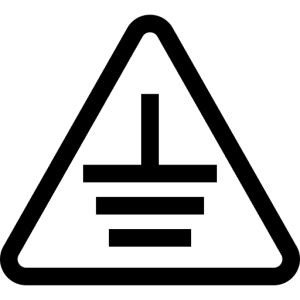The PV IR (Infrared) inspection is a diagnostic test performed to analyze the temperature distribution of panels, inverters, and other electrical components within solar power systems. This inspection is a highly effective method for the early detection of faults and energy losses. MapperX provides professional IR inspection services with a team of experts and advanced thermal imaging technology.
Electrical Measurement and Testing
PV IR (Infrared) Inspection
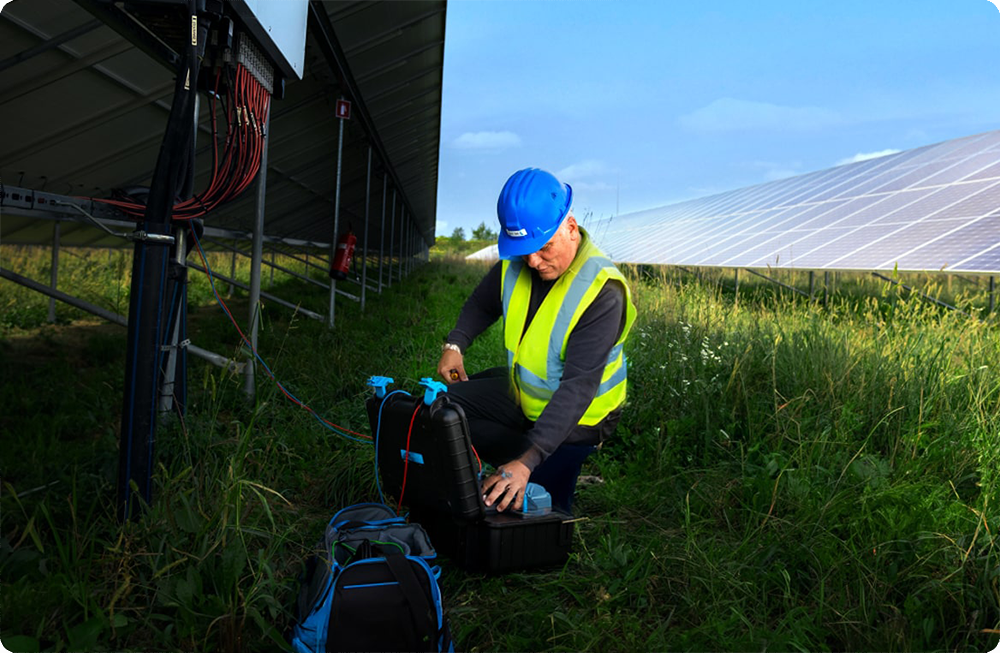
What is PV IR (Infrared) Inspection?
The IR (Infrared) inspection involves detecting and analyzing temperature differences in solar panels and electrical components using thermal cameras. During this test, the temperature levels of components under normal operating conditions are measured, and potential hot or cold spots are identified. The resulting thermal map reveals the root causes of energy losses and faults.
Why is PV IR (Infrared) Inspection Performed?
The main reasons for performing IR inspection include:
- Hotspot Detection: Identify excessively heated areas on solar panels.
- Fault Detection: Detect loose connections, current leaks, or early-stage electrical faults.
- Improving Energy Efficiency: Reduce energy losses caused by thermal imbalances.
- Safety: Prevent fire risks resulting from overheating.
- Maintenance Efficiency: Enable targeted maintenance by identifying problem areas.
How is PV IR (Infrared) Inspection Conducted?
The IR inspection is performed through the following steps:
- Preparation: The system is kept running under normal conditions.
- Thermal Imaging: Panels and electrical components are scanned using thermal cameras.
- Thermal Mapping: Temperature profiles of components are created based on collected data.
- Analysis and Reporting: Hotspots and other anomalies are identified and documented in a detailed report.
Types of Faults Detected During PV IR (Infrared) Inspection
The following types of faults can be detected during an IR inspection:
- Cell Faults: Temperature inconsistencies within a single solar cell.
- Multi-Cell Faults: Issues occurring across multiple cells.
- Diode Faults: Failures in bypass diodes.
- Multiple Diode Faults: Malfunctions across multiple diodes.
- Module Faults: Performance loss across the entire panel.
- Hotspots: Localized overheating areas on the panels.
- String Faults: Issues occurring within panel string systems.
- Vegetation Shading: Partial shading caused by plants.
- Dirt and Debris: Efficiency losses due to dust, dirt, or bird droppings.
- Shading: Shading caused by buildings, trees, or other structures.
- Junction Box Faults: Issues in panel electrical connections.
- Cracks/Breaks: Physical damage leading to performance degradation.
Why is PV IR (Infrared) Inspection Important?
The IR inspection is crucial for enhancing both system safety and performance. With this inspection:
- Energy Losses are Reduced: Hotspots and imbalances are identified to improve efficiency.
- Equipment Lifespan is Extended: Prevents damage caused by overheating.
- Fire Risks are Minimized: Overheated areas are controlled for safe operation.
- Maintenance Costs are Lowered: Targeted maintenance saves time and cost.
How Often Should PV IR (Infrared) Inspection Be Performed?
To ensure consistent system performance, IR inspections should be performed periodically:
- After Installation: Should be conducted when the system is first commissioned.
- Annual Maintenance: A comprehensive IR inspection should be done at least once a year.
- After Faults: Must be repeated after any detected issue or malfunction.
MapperX PV IR (Infrared) Inspection Services
MapperX performs IR inspections at your solar power plants with its accredited team of experts. Using thermal cameras and advanced equipment:
- Hotspots and thermal inconsistencies are identified,
- Performance losses are prevented,
- Your system’s safety and efficiency are maximized.
Start the Demo Now
Instantly explore a real solar power plant inspection, freely navigate within the platform, and discover our innovative features such as AI-powered analysis, autonomous reporting, and panel-based anomaly detection.
Frequently Asked Questions
1. What is thermographic inspection in solar power plants?
Thermographic inspection is a technique used to detect the temperatures of equipment in solar power plants. This inspection allows for early detection of potential faults and preventive maintenance.
2. Why is thermographic inspection important?
Thermographic inspection helps improve the efficiency of equipment in solar power plants. Early detection of faults and preventive maintenance can reduce operating costs.
3. How is thermographic inspection performed?
Thermographic inspection is performed using thermal cameras. The cameras detect the temperatures of the equipment, and this data is processed and reported by MapperX.
4. Does thermographic inspection damage the site?
Thermographic inspection is a non-destructive process and is applied without making any physical changes to your plant. It does not damage your site and helps maintain the safe operation of your plant.
5. Why is a thermal camera important?
Thermal cameras are used to accurately detect the temperatures of equipment in solar power plants. These cameras help with early detection of faults and preventive maintenance.
6. How is thermographic inspection reported?
Thermographic inspection data is processed by our software, and a comprehensive report is created. These reports are used to improve the efficiency of solar power plants and reduce operational costs.
The MapperX Help Center is a comprehensive documentation resource designed to make the MapperX platform easier to use and increase efficiency. It allows users to access the information they need quickly and effectively.
Follow the steps of region selection, route creation and data collection for the drone flight planning process on the MapperX platform. If you encounter any problems, you can contact our technical support team.
Blog
You can find articles about the latest technology news, sectoral developments and global energy trends regarding solar energy systems.
Get solar energy tips and information about the future of solar systems from our industry experts.
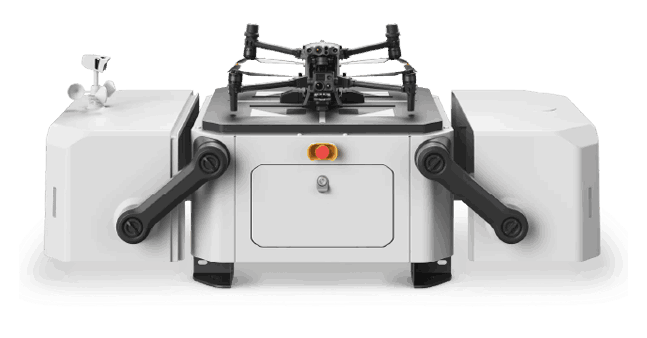
Drone Pilot Network
Get quotes from MapperX approved pilots and expand your operations globally.
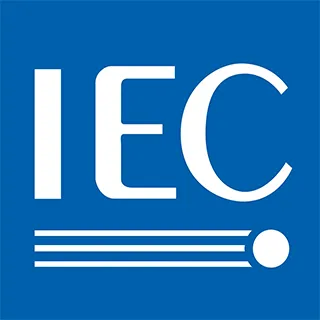

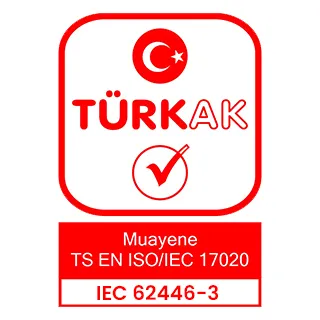
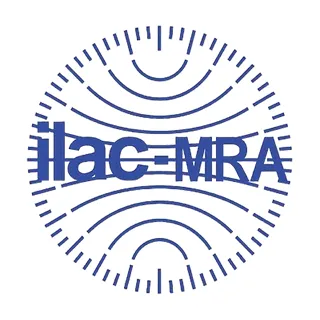
With our AI-powered software MapperX, we have automated thermographic inspection processes. Accredited under IEC 62446-3 as a Type A inspection body, our organization represents a first in the sector with this distinction.
![]()
MapperX is an AI-driven analysis and reporting software that enhances the efficiency of solar power plants while reducing carbon emissions. By digitalizing maintenance and repair processes, it increases operational efficiency, minimizes financial losses, and prevents fire risks.
Analysis, Management and Reporting Platform in Solar Power Plants.
© MapperX - All Rights Reserved.

